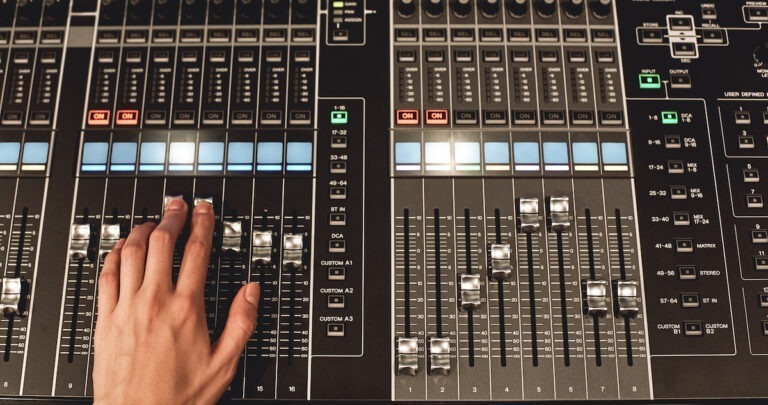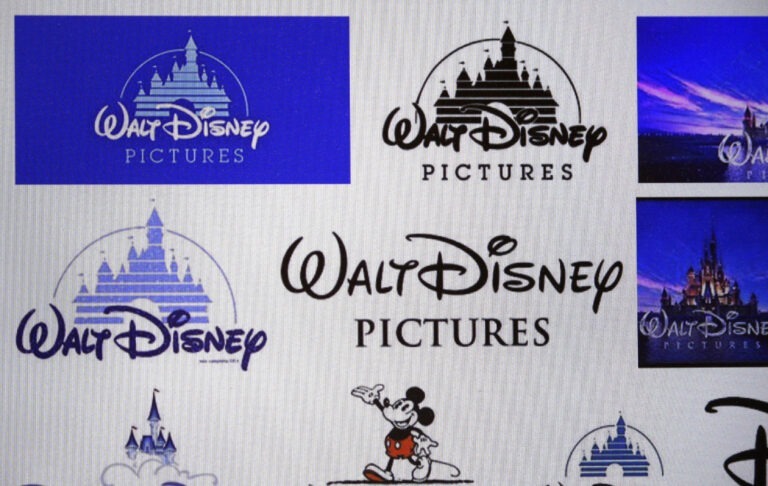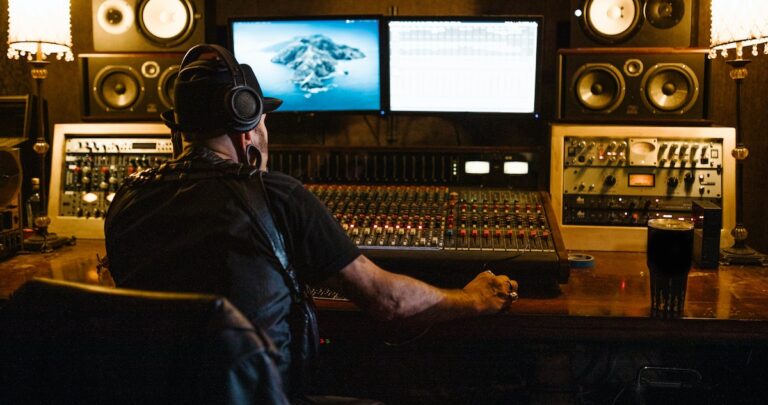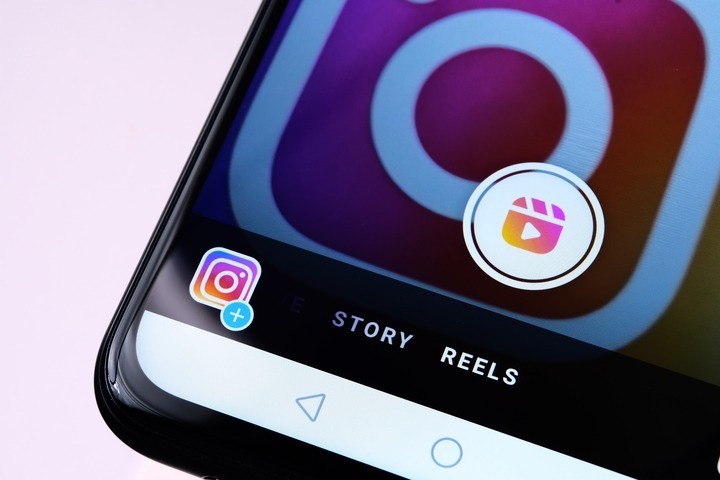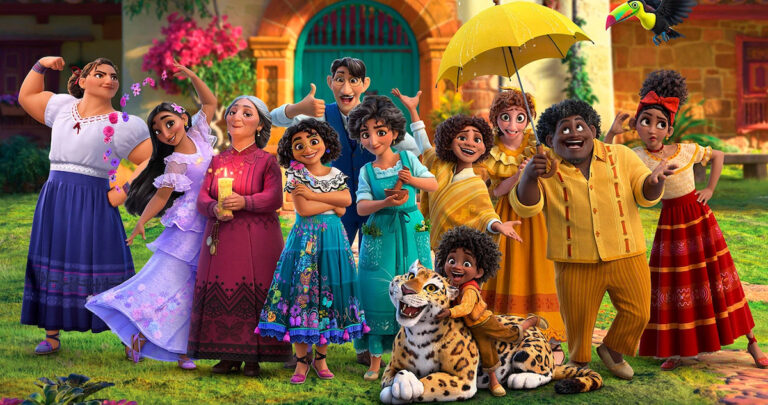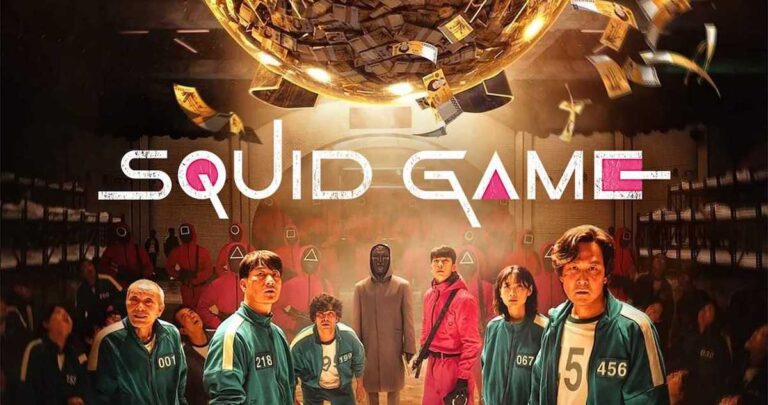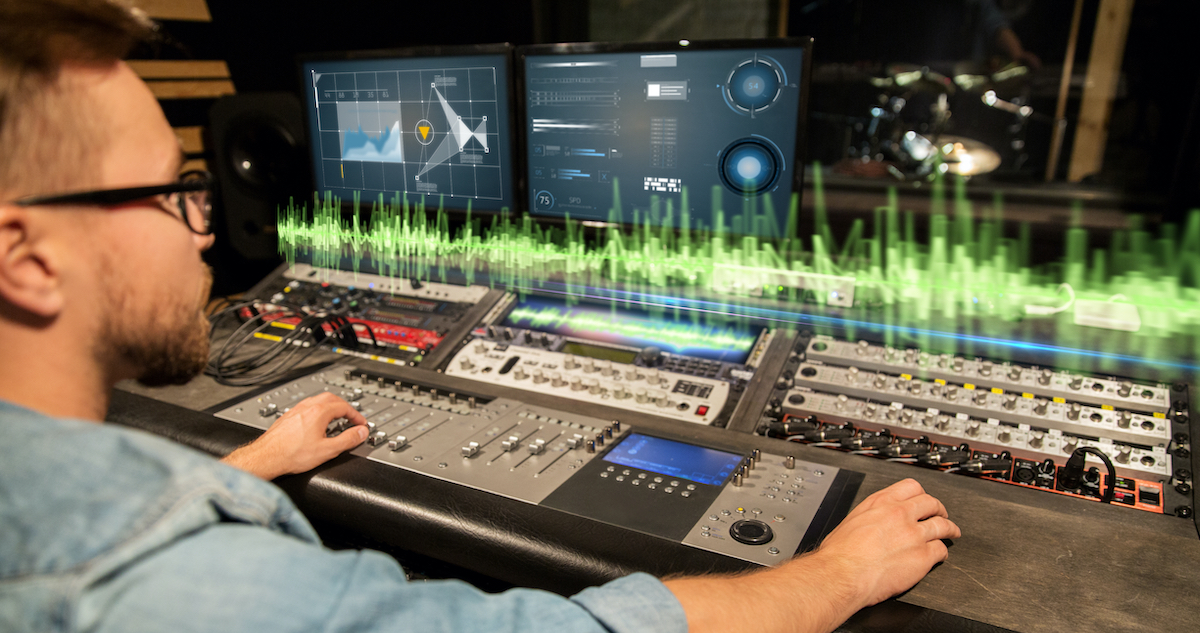Leeeet’s get rrrready to rumbleeeee as we settle the ultimate audio showdown – the sub vs. dub debate for audio projects prompted by the increase in foreign language content like Netflix’s Squid Game. A European Commission survey notes that 80% of people in non-English speaking countries prefer subtitling. Audiences in the United States prefer dubbing since only 4% of foreign-language films are released with subtitles.
So as a vocal authority, Voice123 is here to offer you a fresh perspective on sub vs. dub. We’ll explore the pros and cons of dubbing and subtitling, the differences between sub and dub, and the cost of dubbing and subtitling. It’s time to settle this debate in the sub vs. dub arena.
Sub vs. Dub
The Sub vs. Dub debate highlights the pros and cons of the two most common translation methods to make foreign content available to global audiences. Subtitling is when the content’s dialog is translated and displayed as text on-screen with the original audio. Dubbing is when the original audio is replaced with a version in another language that voice actors record. Dubbing is sometimes the preference for children’s content because young audiences find reading subtitles challenging and lose interest quickly. Adult audiences, however, may prefer subtitles to preserve foreign language nuances. In this instance the Oscar-winning movie Parasite is a good example.
So when you’re choosing between sub vs. dub, consider the audience, localization, and budget. Because although dubbing and subtitling share similarities, they’re distinctly different. Let’s take a closer look at some of these differences.
Watch our tutorial on Subbing vs. Dubbing
What’s the difference between sub and dub
The difference between sub and dub is how the content is translated and presented to audiences. Sub refers to subtitling foreign language content, whereas dub refers to dubbing the project with a voice over in the local language. Subbing is cost-effective because it only requires translators or subtitling software. Dubbing is more expensive because you need voice actors to record the voice over and sound engineers to sync that audio to the visuals.
Dubbing works better for anime and action movies where visuals are critical and reading a fast-paced scene is challenging. While content with heavy dialogue, like dramas and documentaries, relies on subtitles. But what exactly are subtitles?
What are subtitles

Subtitles are the translated dialogue and action transcriptions from a video or film that are displayed as on-screen text while the original language’s audio remains. It conveniently bridges the language gap of global audiences while preserving the original audio performances. These days, movies, online videos, and even formal content like eLearning and instructional videos use subtitles for accuracy or learning purposes.
However, live broadcasts or projects with complex visuals are challenging to control, making them unsuited to subtitles. And if you’re targeting an older demographic or the visually impaired, they might struggle to read subtitles. Despite these limitations, subtitles offer unique opportunities for language learning and cultural appreciation. Now, the question: closed captions or subtitles?
What’s the difference between closed captions and subtitles
The difference between closed captions and subtitles is that closed captions transcribe all dialogue from a video for the hearing-impaired, including background sounds and indications of who is speaking. Subtitles contain just the dialogue text so global audiences can understand the content. Subtitles are also useful for noisy environments such as public transportation, a busy café, or quiet environments where audio isn’t an option.
Closed captions are a type of subtitling that assists the hearing-impaired with transcriptions of the dialog and the music cues and descriptions of non-speech elements. The doorbell rings! John laughs! Peter coughs! Romantic music fills the room. Captions immerse audiences in the audio-visual experience. It captures the character’s emotion and tone, which could get lost without on-screen descriptions. So both methods make video content accessible to diverse audiences, but how much do these options cost?
How much do subtitles cost
Subtitles cost between $5 and $12 per video minute, depending on the language, content length, and turnaround time, while closed captioning costs between $1 and $15 per minute. If the average subtitle cost is $7 per minute for a film, a 90-minute feature costs roughly $630. So subtitles are generally cheaper, but factors like rush orders, shorter deadlines, technical jargon, and specialized terminology can also increase costs. So now that we’ve discussed subtitles, let’s learn more about the sub vs. dub challenger – dubbing.
What is dubbing
Dubbing is a method of adding new audio in the form of translated dialog to a video by replacing the original sound with the new voice over that’s synched to the on-screen character’s mouth movements, gestures, and facial expressions. This creates a seamless viewing experience for audiences. Dubbing is popular for immersive media like movies, TV shows, and anime since it draws audiences into the story without the distraction of reading subtitles.
What is dubbing in film
Dubbing in film is when a voice over in another language replaces the original film’s audio. This method of dubbing is usually used to make foreign films available in different countries to a global audience. You can also dub the film with a voice over in the same language to improve the sound quality or adjust the dialogue for cultural sensitivities or censorship requirements.
What is dubbing in music
Dubbing in music is when prerecorded music and audio material are copied and transferred from one medium to another. This process is generally used to move music from one recording device to another, when multiple music copies are required, or when old music must be archived on a recording device.
What is voice dubbing
Voice dubbing is when the original speaker’s voice is completely removed, and a new voice over replaces it. The voice actors, like the professionals on Voice123, are responsible for interpreting the content in the right way to match their emotions and tone to the original speaker. Voice dubbing preserves the mood and tone while creating an authentic experience for audiences.
How much does dubbing cost
Dubbing costs between $14 and $75 per minute, and film dubbing ranges from $30,000 to $100,000. But dubbing a video game ranges from $10,000 to $80,000. Because dubbing costs are also influenced by content length, the number of languages, the quality of the voice actors, and post-production editing costs.
Final thoughts on Sub vs. Dub

And so, folks, the sub vs. dub debate is not a one-size-fits-all solution. Ultimately, the decision rests on the project type and target audience. While subtitles provide a cost-effective solution that preserves the original audio and language nuances, dubbing brings new life to a project by using skilled voice actors to create language audio for foreign audiences. So, whether you choose sub vs. dub, always ensure that your audio project is vocally engaging, entertaining, and unforgettable for your target market.
And if your next project is a dub, you’ll need voice actors with unique vocal skills, all of which you’ll find under one roof at Voice123. And if it’s a sub and you need translation – the Voice123 pros also offer these under additional services. So, though the sub vs. dub debate may continue, let the best option win for you.
FAQs on Sub vs. Dub
Dub – short for dubbing – is the process of replacing the original audio track of a film, TV show, or other media with a new audio track in a different language.
Sub – short for subtitling – is the process of adding translated text to the bottom of the screen, so audiences can watch the scene with the original audio track while understanding the content through the subtitles.
What’s the difference between sub and dub?
The difference between sub and dub is that subtitling preserves the original audio, while dubbing replaces it with a new audio track in a different language. Subtitles are usually cheaper and quicker to produce, while dubbing is more expensive and involves hiring voice actors.
Dub in anime is the process of recording a new audio track in a different language; typically, it’s used to translate Japanese audio into English.













